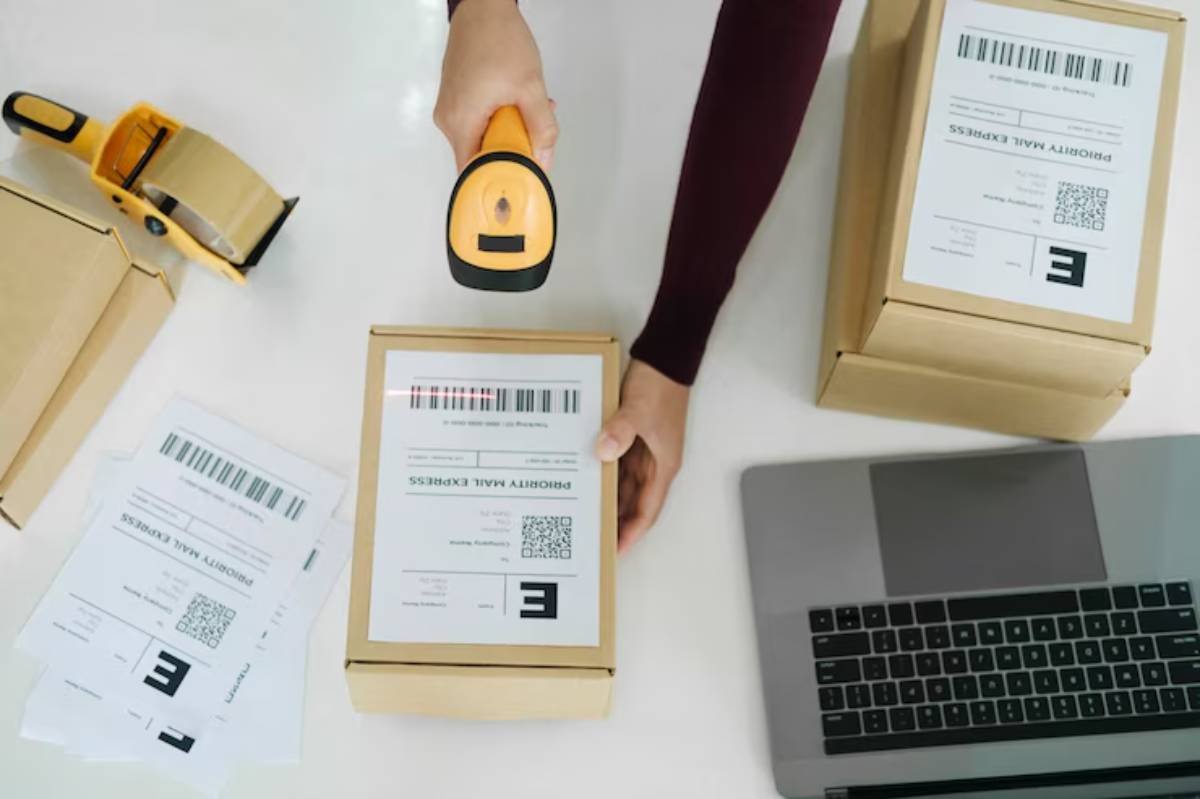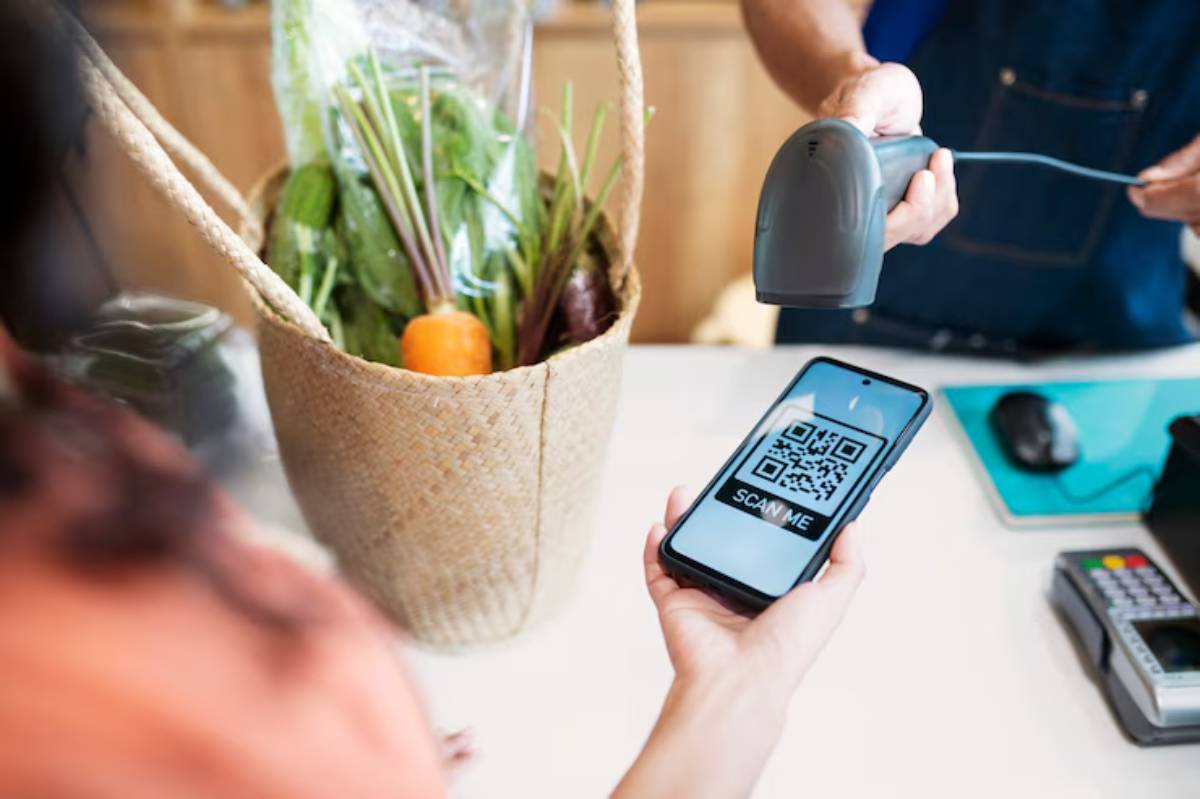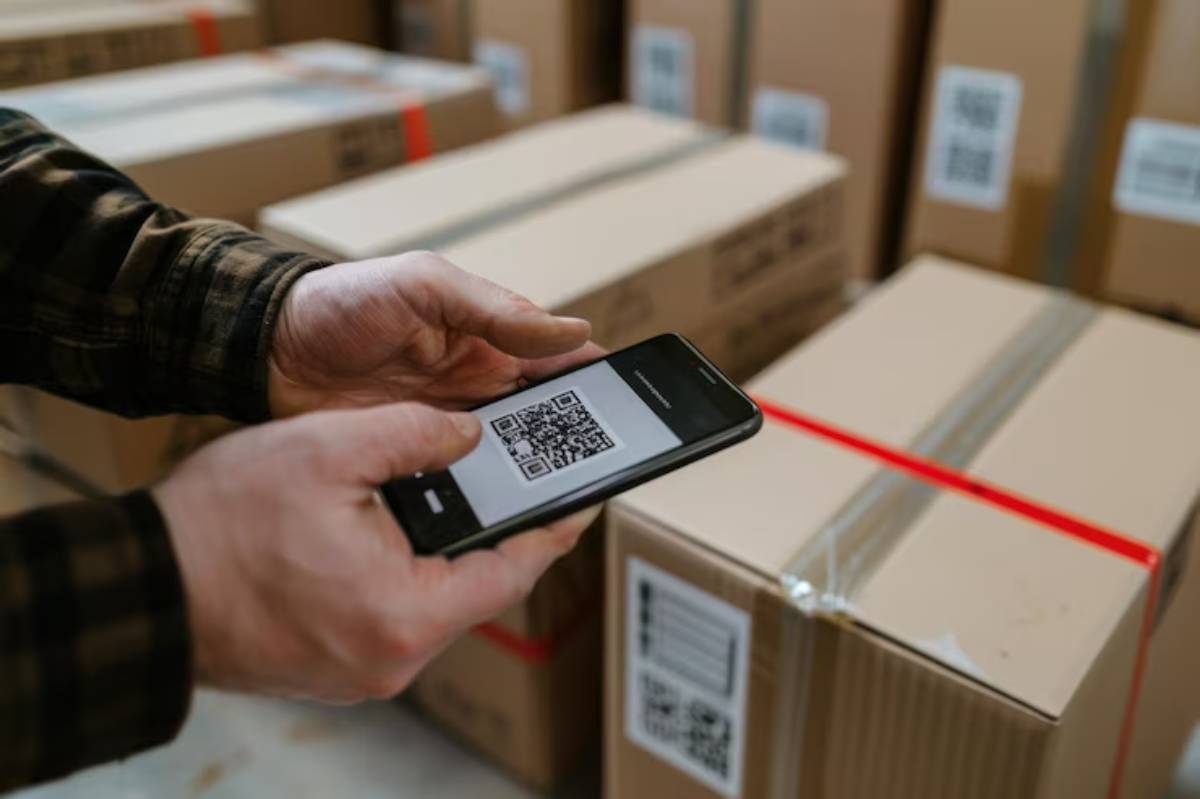
Utilising Barcodes and QR Codes in Inventory Management: Smarter Tracking for Small Businesses
Scanning Your Way to Simpler Inventory
Have you ever spent hours trying to reconcile physical stock with what’s on your spreadsheet, only to find something doesn’t add up? You’re not alone. Manual inventory management is time-consuming, error-prone, and exhausting.
But here’s the good news: the answer might be in your hand — literally. Barcodes and QR codes have revolutionised how businesses track products, cut errors, and save hours of precious time.
This guide shows how barcode inventory and QR code tracking can make operations easier. They improve accuracy and help small businesses compete with larger ones.
Let’s unpack how a simple scan can mean smarter stock control.
What Are Barcodes and QR Codes in Inventory Management?
Barcodes
Barcodes are linear, machine-readable codes that represent data about a product. Usually found on packaging or labels, they hold numeric or alphanumeric data for scanners to read.
QR Codes

QR codes are two-dimensional barcodes. They hold more information than regular barcodes. They are square-shaped, can be scanned from multiple angles, and are often readable by smartphones.
How They Help
- Faster stock checks
- Real-time updates
- Fewer human errors
- Better visibility across locations
Want a foundational understanding of stock tracking first? Check out The Importance of Accurate Stock Tracking.
How Barcode and QR Code Tracking Works
1. Assign Unique Codes
Each item or SKU gets a unique barcode or QR code.
2. Print and Apply Labels
Labels are printed using barcode software or label printers and attached to stock items or shelves.
3. Scan During Movement
When stock is received, moved, or sold, the barcode or QR code is scanned using.
- Handheld barcode scanners
- Mobile apps
- POS terminals
4. Real-Time Data Sync
Scanned data is updated in the inventory software. This gives real-time insight into stock levels, location, and activity history.
Benefits of Using Barcodes and QR Codes in Inventory Technology
Speed & Accuracy
Scanning is significantly faster than manual entry. A barcode scan takes 1 second; typing a SKU can take 10+ seconds.
Error Reduction
Manual data entry has an error rate of around 1 in 300 characters. Barcode scanning? Less than 1 in 36 trillion.
Cost Savings
Reduce:
- Labour costs for stock counts
- Loss from inventory inaccuracies
- Delays in restocking
Real-Time Inventory Visibility
- Know what’s in stock at all times
- Instantly track what’s sold, returned, or transferred
Scalability
Barcoding systems work for:
- 50 SKUs in a single shop
- 50,000 SKUs in multi-warehouse operations
Barcode vs. QR Code: What Should You Use?
| Feature | Barcode | QR Code |
| Data Capacity | Low (up to 20 characters) | High (up to 4,000 characters) |
| Scan Direction | Horizontal only | Omni-directional |
| Device Compatibility | Barcode scanner | Smartphone or scanner |
| Label Size | Smaller footprint | Larger, but more data-rich |
| Use Case | Retail, manufacturing | Logistics, complex product info |
Recommendation: Use barcodes for basic item tracking. Use QR codes for detailed data, marketing, or traceability.
Use Cases for Small Businesses
1. Retailers
- Price labels with barcodes for checkout
- Shelf tags for quick restocks
2. Warehouses

- Bin locations marked with QR codes
- Bulk product tracking
3. Cafés & Food Services
- Ingredient bins barcoded
- QR-coded expiry dates for perishables
4. Event Planners or Equipment Rentals
- Track props and gear via QR codes
- QR codes link to equipment manuals
How to Get Started with Barcodes and QR Codes in Inventory Management
1: Choose a Tracking System
Use inventory software that supports barcode/QR scanning, such as:
- Zoho Inventory
- Sortly
- inFlow Inventory
2: Create Item Codes
Assign unique SKUs to every item or variant.
3: Generate and Print Codes
Use tools like:
- Barcode Generator (free online)
- DYMO or Zebra label printers
- Software-integrated label printing
4: Apply Codes & Test
- Stick labels securely to products
- Scan and verify data in your system
5: Train Your Team

Host short sessions to show how to scan items, update info, and troubleshoot.
Want to explore app options? Read about Mobile Apps for Real-Time Inventory Tracking.
Common Mistakes to Avoid
- Using generic or duplicate SKUs
- Skipping label maintenance (worn labels are unreadable)
- Not integrating with inventory software
- Using codes without inventory rules (like reorder points)
Success Story: Arjun’s Art Supplies Shop
Arjun owns a small art supply store in Leeds. With over 2,000 SKUs, managing inventory became a headache. He adopted QR code tracking linked to Sortly.
What changed?
- Scanning items during customer checkouts
- QR codes on shelves for quick reorders
- Saved 12 hours per week on stock checks
He says, “I used to count pencils by hand. Now I just scan a code and get a report.”
Advanced Features to Explore
1. Batch & Serial Number Tracking
- Ideal for electronics, perishables, or regulated products
2. Integration with POS & Accounting
- Sync sales, purchases, and returns in real time
3. Auto-Reorder Triggers
- Get alerts or automated POs when stock is low
4. Mobile Scanning Apps
- Use your phone as a scanner
Barcode Inventory in the Age of AI
Future inventory systems will combine:
- AI to predict demand and avoid overstocking
- IoT to auto-scan items on smart shelves
- Voice control for hands-free operation
Even small businesses can tap into this with entry-level tools today.
Conclusion: Simple Tools, Big Impact
Adopting barcode inventory and QR code tracking might seem small, but the ripple effects are massive fewer errors, faster workflows, and better business decisions.
You don’t need a warehouse the size of Amazon to benefit from smart inventory technology. Even if you’re running a boutique or pop-up shop, it can save you time, money, and stress.
Ready to start?
- Pick one barcode software tool
- Label your top 20 selling items
- Start scanning and track your time saved
Got questions about what tool suits you best? Drop them in the comments or reach out. We’re here to help.


